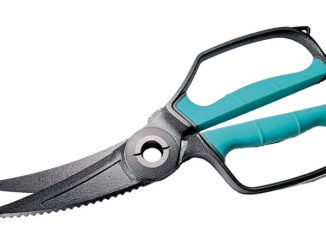
With the opening of the second split, every day that goes by becomes more and more challenging to get birds into gunning range. This is the traditional “late season” time. This is the time that separates the true “dyed in the wool” waterfowlers from the casual “hey I bought a boat, a lease and a shotgun, guys” You know who you are out there.
Now everything becomes complicated: low tides, call-shy birds, ducks landing outside the decoys. Everything to do with success is now in the details. Getting stuck in the mud and coming home skunked is what late season will do for some.
Here are some of my tips to avoid that:
Know your water levels
Get into a routine of watching the water levels on your hunting ground. Knowing where you can get with your boat on low tide will keep you from getting stuck and, at the very least, keep you from missing your early morning shooting. Try to find a few water markers at the launch and at your property. Something permanent in the water like a dock or a piling etc. that you can see on your way out will help you judge where you can safely float your boat.
For instance, I run through a small, shallow pond on the edge of my property. When the pond has exposed mud flats but is not completely dry, I know right away that I can still make it into two particular blinds. Any lower than that, and I have to consider one of my deep-water blinds. Once I’m set up, I try to place a decoy next to the bank in a way that just barely has enough water to float it. That will be my depth gauge. If it stops floating, I know I’m loosing water.
Use a day with low tides to scout out blind sites. Places like points and ditch mouths may have more water than any other. You would never consider hunting these deep spots in the early season. But let the water levels drop a foot or more and those places become usable to you and the ducks. Grass beds that were in 3 feet of water are now at the surface.
Adjust your decoy spreads
When I hunt late season, I try to cater to what the ducks are doing. If I see birds becoming decoy shy, I adjust my spread accordingly.
First, I bring my decoys in really close to the banks – 10 feet away at the most. My spread will basically be contoured along the pond bank extending about 30 yards on each side of the blind. If I’m hunting an island, I place the decoys about 15 yards behind the blind. When birds circle the outside of the decoys, they die instead of pissing us off and staying out of range.
I hope this helps your late-season hunting. I’m sure some of you have developed tips of your own. Step up and share them with us, we’d love to hear about it.
Have a safe season.


